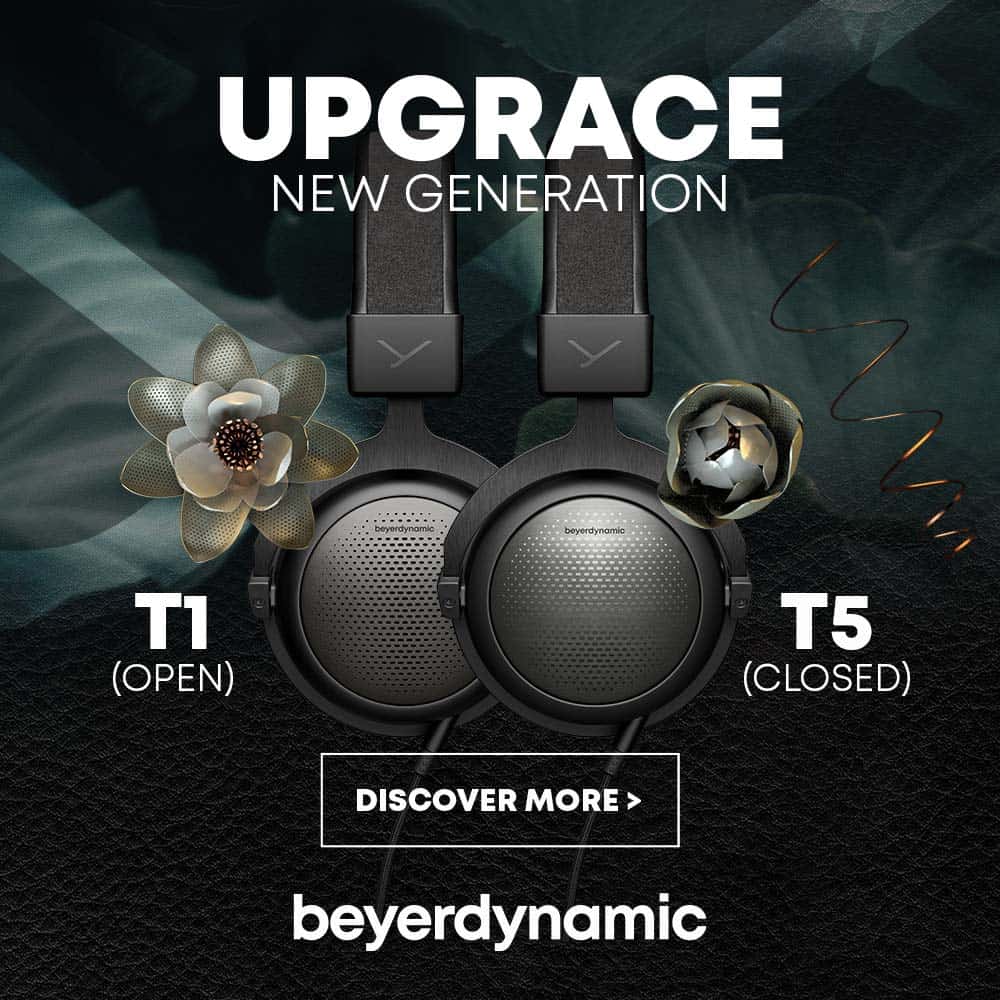With all this talk of the new and trendy IEMs out there, like Noble Audio and Empire Ears, it’s easy to forget the more established, and perhaps, less fashionable brands. But as a proud owner of the Westone W40, I feel it is my duty to remind audiophiles what a great sound signature Westone produces, especially for the price. But as much as I know and love the W series, I was curious to hear how different it sounded from the UM Pro series. What makes the UM Pro 30 more suitable for musicians than the W30? And why isn’t the UM Pro lineup as popular as the W series? Let’s find out in this Westone W30 vs Westone UM Pro 30 Review.
Westone W30 vs Westone UM Pro 30 Review
FIT
The buds on the W30 and the UM Pro 30 are almost the same. Both are very small and ergonomically shaped, offering the best sound isolation on the market, next to Shure. However, the interior shape of the UM Pro 30 is flat, unlike the rounded W30. And I found the rounder shape of the W30 to provide a better seal. Perhaps if I used bigger ear tips, I would get a different fit. But using the small silicone tips, the W30 felt more snug and secure. By the way, both IEMs come with a huge array of both, silicone and foam tips to choose from.

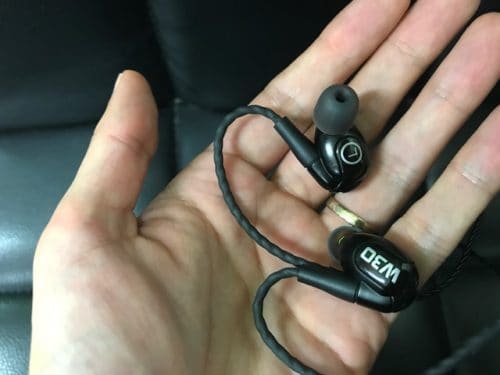
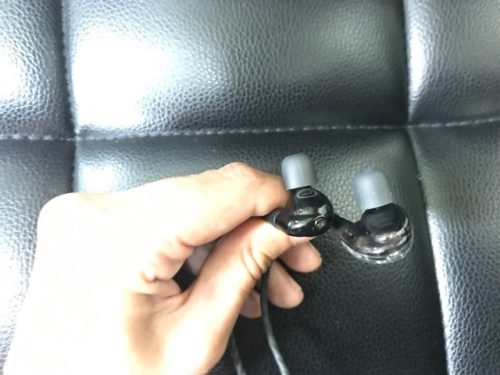
DESIGN
Both earphones have 3 balanced armature drivers and a 3-way crossover design. Like all Westone models, you can expect a very balanced sound from the W30 and UM Pro 30. However, the W30 is designed for listening pleasure, while the UM Pro 30 is made to optimize clarity and detail at certain frequencies. As a result, I’m expecting the W30 to sound a little more flat than the UM Pro 30. (The UM Pro 30 also has a higher impedance and sensitivity than the W30.)
The cables on both models have the universal MMCX connectors and are twisted to reduce noise. Also note that the W30 comes with a second cable, which has a mic and remote designed for iPhone. The UM Pro 30 does not come with this cable.

Now, let’s be honest. Although Westone produces nicely fitting buds, compared to the trendier brands out there, Westone’s W Series design is kind of, well…Boring. That’s why my eyes prefer the UM Pro series. With transparent shells, the UM Pro 30 shows off all its pretty private parts. However, unlike the UM Pro 30, the W30 allows you to replace the faceplates of the shell. But take it from me. You don’t want try replacing them. The screw is way too tiny for any human to handle. These plates are also prone to cracking. I left my W40’s in my pocket, and when I took them out, the faceplates had broken. So, now, my buds are just naked shells without the red, blue or black covers. Actually, I’m starting to like the unassuming look.
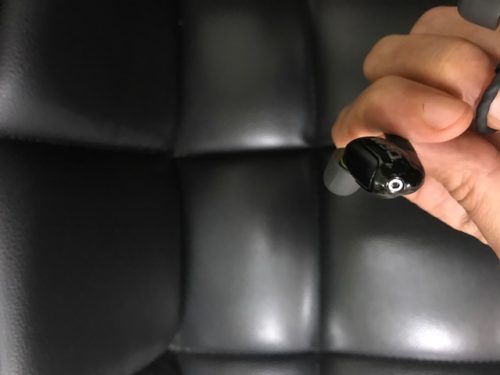
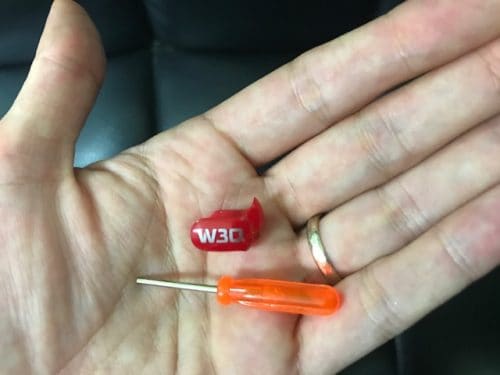
SOUND
Overall Impressions: The warm and full-bodied W30 vs the dynamic and clear UM Pro 30.
Lows
The lows on the W30 are warmer and more forward than those on the UM Pro 30. The UM Pro 30 offers a cleaner, more delineated bass. And next to the UM Pro 30’s relatively dynamic feel, the W30 sounds comparatively blunted. Those who prefer a full bodied sound should opt of the W30, while those who prioritize clarity should go with the UM Pro 30.
Mids
The vocals on the UM Pro 30 seem to sit more forward than they do on the W30. Perhaps, as a result, I got the sense that the upper mids on the UM Pro 30 are more emphasized than they are on the W30. Again, the result is a fuller sound on the W30, which lends itself well to big rock choruses. However, the UM Pro 30 offers more crispness and articulation, giving instruments more contrast and color. Listening to folk, acoustic guitars on the UM Pro 30 conveyed more separation and detail. But on the W30, the lows creeped into the mid range, resulting in less transparency in the lower-mids.
Highs
The highs on the UM Pro 30 are more present than they are on the W30, adding to the Pro 30’s comparatively lively feel. But transparency seems about equal. Perhaps the peaks on the W30 are a little rounder. But the main difference is that the UM Pro 30 has a brighter sound, making the highs on the W30 seem almost dull or heavy in comparison. On the flip side, the W30 is an easier listening experience in this range.
Soundstage
Very similar feeling of soundstage here. But the imaging feels a little more accurate on the UM Pro 30, perhaps because of its superior separation. At the same time, because the W30 has a more present bass, I got more sense of depth from the W30 on certain tracks.
SUMMARY
Those who like a sound profile with tons of vitality and definition will probably prefer the UM Pro 30. However, listeners who love a lush, warm and balanced sound should go for the W30. I personally preferred the W30 because of the even mids and rich lows. And if you listen to a lot of rock, you’ll probably agree. It’s also a more fatigue free choice for those who listen to music for extended periods of time. But if you mainly listen to acoustic instruments (or you prefer forward sitting vocals) I’d opt for the transparency and resolve of the UM Pro 30.
You can find these Westones for the best price at:
Audio 46: Westone W30 (Use our promo code, “majorhifi” to get a 10% discount)
Audio 46: Westone UM Pro 30 (Use our promo code, “majorhifi” to get a 10% discount)
MajorHiFi may receive commission from retail offers.
SPECIFICATIONS
| UM Pro 30 | W30 | |
| Frequency Range | 20 Hz – 18 kHz | 20 Hz – 18kHz |
| Sensitivity | 124 dB | 107 dB |
| Impedance | 57 Ohms | 39 Ohms |
Compare the ranking of various headphones, earbuds and in-ear monitors using our tools.
Discuss this, and much more, over on our forum.
---MAJORHIFI may receive commissions from retail offers.






